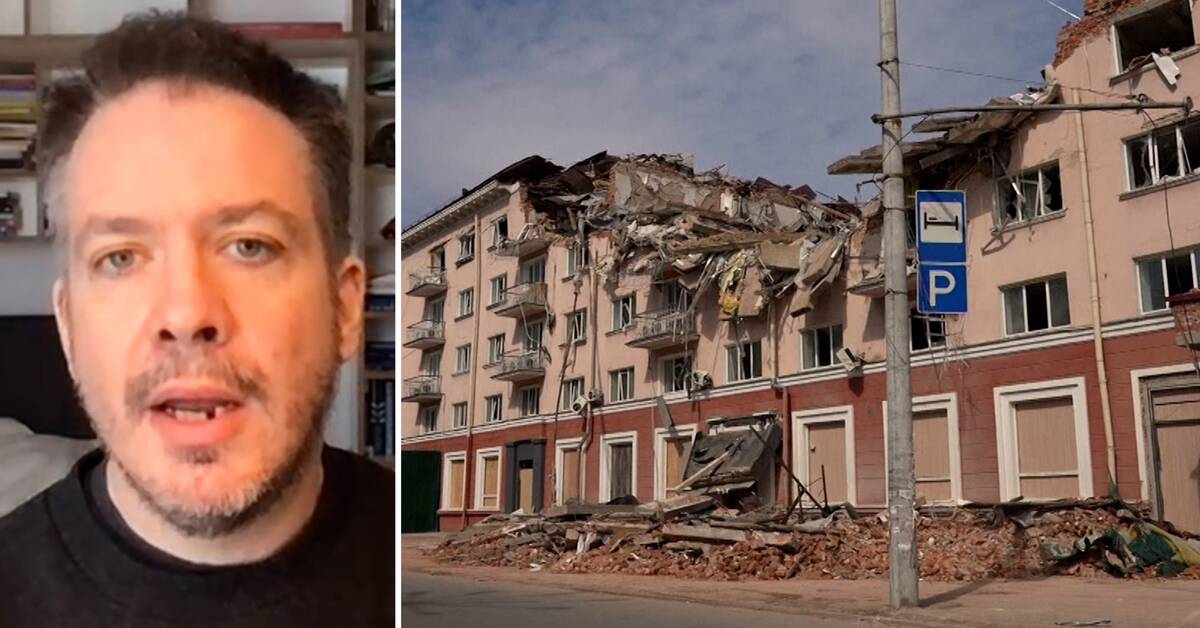Ensuring the authenticity of the images is important, both to be able to disprove misinformation and because they may serve as evidence in investigations into suspected war crimes.
"We collect images and videos that are published on social media and that, together with testimonies from people in the war zones, where we are present, can constitute evidence of war crimes," says Sam Dubberly at the human rights organization Human Rights Watch (HRW).
Compare with satellite images
He has been reviewing photos and videos from various war zones since 2016 according to an extremely careful procedure aimed at ensuring that the photos and videos are new and from the place and time they are said to have been taken.
- Through a special image search, we can check if the image or film has been published before and to be able to confirm the exact location of the event, we examine, for example, houses, street signs and restaurants that are in the images and compare them with satellite images from the area.
Sam Dubberley points out that the image analyzes are only part of the work of obtaining information about what is happening in the various war zones.
Facts that can form the basis for investigations into war crimes.
Published online
Following the attack on a residential area in Chernihiv in northern Ukraine on March 3, for example, Human Rights Watch staff in Kyiv were able to go there and pick up additional films and talk directly to the city's residents.
Testimony, even more important than the footage, according to Sam Dubberley.
- Our colleagues talked, for example, with doctors at the hospital who cared for the patients who were injured in the attack on the residential area.
Human Rights Watch also publishes the reviewed video material on the internet.
- We publish it because it is so important to show what is happening in the Ukraine of war, but we do it with respect and permission from the people who are directly affected by the war.

